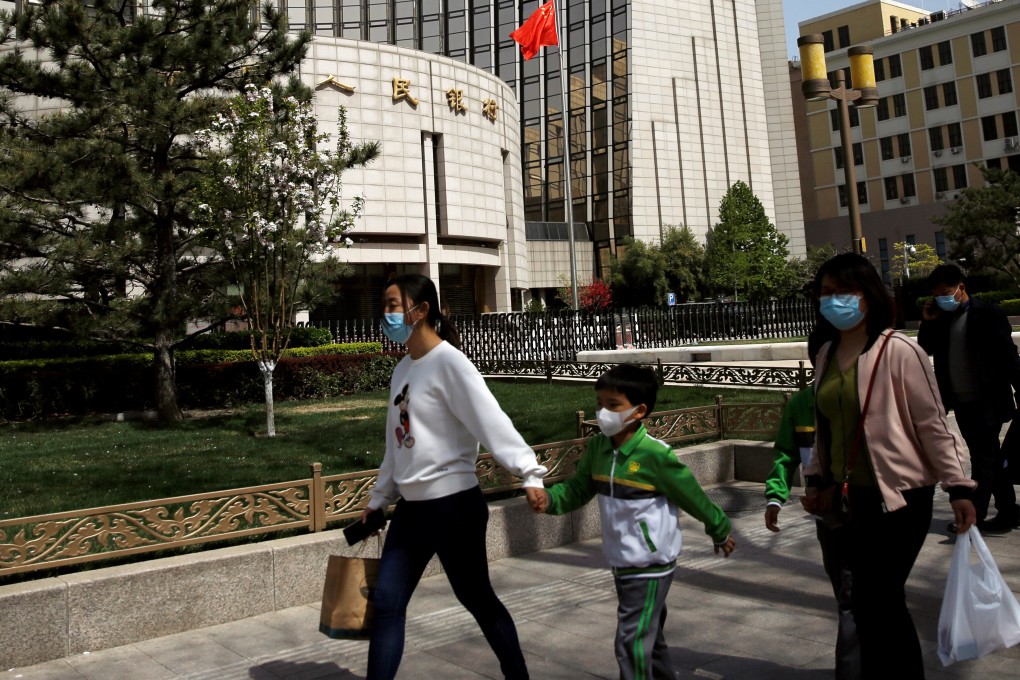China’s credit tightening measures to put pressure on property, local government financing vehicles
- Weak financial data suggests China’s central bank is tightening credit in line with orders by Beijing to stabilise nation’s rising debt level
- Growth rate of aggregate financing, which slowed to 13.3 per cent in December, could dip to 11 per cent this year amid lower fiscal spending and tighter controls on property developers, analyst says

China may have started to rein in the pace of credit growth at the start of 2021 as December’s financial data fell below market expectations, and with policymakers signalling that they are leaning toward tapering off the expansionary monetary policy conducted last year.
Weak financial data released by the People’s Bank of China (PBOC) on Tuesday has reinforced the belief held by many analysts that the central bank has started to gradually tighten credit.
The growth of total aggregate financing, which measures fund flows from the financial sector to non-financial sectors in the forms of loans, bonds and trust investment plans, slowed to 13.3 per cent in December from the recent peak of 13.7 per cent in October, the data shows. And growth of a broad measure of money supply, known as M2, fell sharply to a nine-month low of 10.1 per cent in December from 10.7 per cent in November.
New yuan bank loans increased by 2.82 trillion yuan (US$436 billion) from a year earlier to 19.63 trillion yuan last year, just below the 20 trillion yuan cap mentioned by central bank governor Yi Gang in June. New bank loans totalled just 3.37 trillion yuan in the fourth quarter – or 17 per cent of the annual amount – though most of the annual lending by banks is made early in the year to increase annual interest income.